It all sounds very easy. Set a goal, give a reward. Do this, get that. What’s so tough, right? But this kind of transactional thinking misses the most important benefits of a well-designed program and fails to build momentum over time, and across subsequent programs.
A successful program inspires employees beyond those who know that they’ll obtain the reward. Your top performers will almost certainly hit the mark. Instead your program should reach into that critical middle 60% to teach best practices, inspire best efforts, and strengthen the connection between the organization and the individual.
To win the attention and full commitment of your entire team, a few key elements are absolute necessities and – as a TED Talk video shows, at least one of them will make all the difference in employee engagement:
1. Be Fair
When developing program rules, take the time to be fair. Eliminate any variables that give one group, region, or office the advantage over the others.
It turns out that our brains are hardwired to look for fairness. In fact, reporting on an experiment involving financial gain, the Association for Psychological Science states, “Regions [of the brain] associated with reward were activated during fair treatment even though there was no additional money to be gained.” Program participants who don’t win will adopt a “maybe next time!” attitude if they know that they had a fair chance.
How employees will react to perceived unfairness, however, is another story. In his recent TED Talk, primatologist Fran de Waal shared a video of how a capuchin monkey reacted to clearly unequal treatment:
Your people will be tuned into whether or not the program is fair to all participants. If it isn’t, it will create much more negative momentum than positive momentum. Just ask the monkey.
2. Keep it Simple
 The program rules should be crystal clear and straightforward. Eligible employees will want to know: What’s the goal? How is it measured? When will I find out if I’ve made it?
The program rules should be crystal clear and straightforward. Eligible employees will want to know: What’s the goal? How is it measured? When will I find out if I’ve made it?
Research shows that the more information is available about the details, the less people are worried about them. Having easy access to well-presented information allows employees to focus on achieving the goal, with the confidence that they understand how to reach it.
Unclear program structure or poor communications will either frustrate participants to the point of dissuading them or distract them from your goal.
This is also a great time to share best practices from previous program winners and to be sure that eligible teammates know exactly what is expected of them.
3. Make It Achievable
You’ve set a goal to hit great numbers and it’s a stretch, but you know your best performers can do it! That’s great, but what about the rest of the team? The other eligible employees may know already that they’ll never make it. So why try? You miss out on all of their extra efforts and the incremental gains that are made across the whole group before the program has even started.
This is why many of the most successful programs offer a tiered or plateau structure. Reward the top achievers with the top prize, certainly. But make sure that the rest of the team also is engaged with the program and benefits from its success. Every eligible employee should have reason to increase their efforts, whether for recognition or rewards.
It takes the best efforts of employees to drive your business. Creating a clear, fair, and achievable program makes all the difference. You can learn more about a FAST approach to sales incentives in our whitepaper, Designing an Effective Sales Incentive Program: https://nxlperformance.wpengine.com/resource/designing-implementing-effective-sales-incentive-program/



